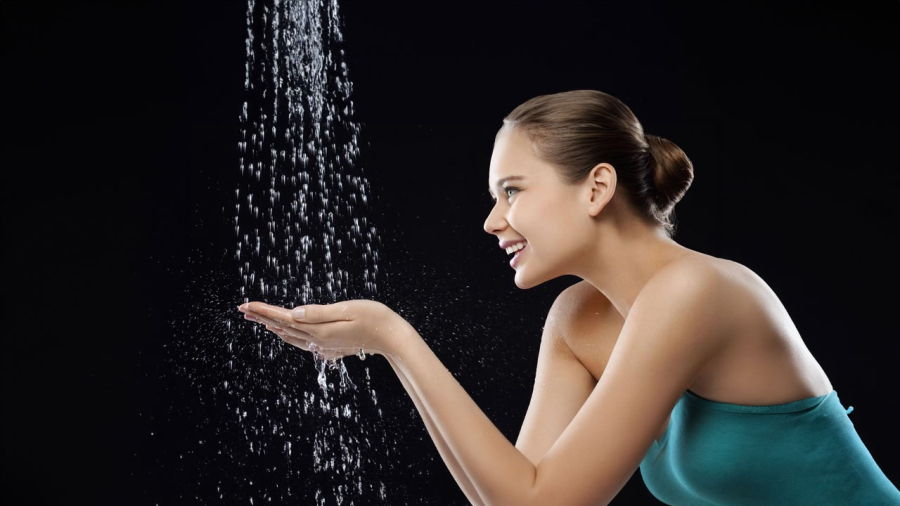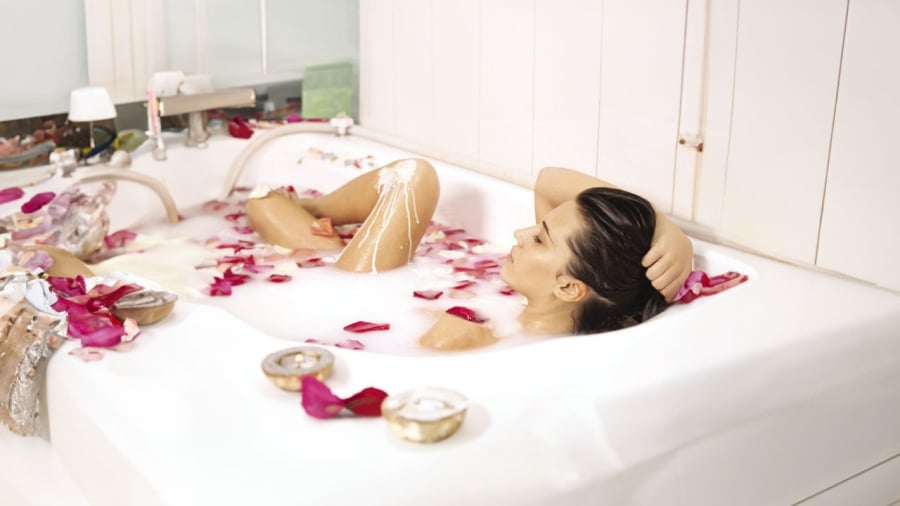Bathing is an essential activity for maintaining personal hygiene and keeping our skin healthy. Over time, the way we bathe has evolved from using buckets of water to modern-day showers and bathtubs. When short on time, a quick shower is often preferred, while others may opt for a relaxing soak in the tub when time permits.
So, which method is better for our health and well-being?
According to Dr. Niket Sonpal, an internal medicine specialist from New York, both showering and bathing have their pros and cons, and the best choice depends on individual circumstances.

Advantages and Disadvantages of Showering
– Lower cost: Showering is generally more cost-effective than bathing, as it uses less water and energy. Shower fixtures are also typically more compact and space-efficient.
– Time-saving: Showers offer greater flexibility with time management. When in a hurry, one can simply adjust the water temperature and jump right in, saving precious time.
– Accessibility: Showers are convenient for people of all ages, including the elderly and children.
– Massage-like effects: The water pressure from a showerhead provides a stimulating massage-like sensation, which can improve blood circulation and reduce stress-induced headaches. However, if the showerhead is positioned too high, the strong water pressure can lead to dry skin and an increased risk of skin infections.
Some disadvantages of showering include:
– Manganese exposure: Prolonged exposure to manganese-containing water during showers can be harmful, as highlighted by Dr. John Spangler of Wake Forest University. Inhalation of manganese over time can impact the central nervous system, and the risk increases with longer shower durations.

– Bacterial infections: Showerheads can harbor bacteria, including pseudomonas aeruginosa and mycobacterium avium, which can cause chest infections and lung diseases, respectively. Inhaling these bacteria during a shower can be detrimental to one’s health.
Advantages and Disadvantages of Bathing
Bathing in a tub offers the following benefits:
– Therapeutic effects: Bathing allows for the addition of therapeutic ingredients like herbs and salts, turning your bath into a soothing and healing experience. It can be a form of self-care, promoting relaxation and well-being.
– Stress relief: A warm bath can effectively reduce stress, fatigue, and even symptoms of depression, according to a 2018 study. It improves blood circulation and enhances the body’s natural detoxification processes.
– Pain relief: Soaking in a tub can provide relief from conditions like hemorrhoids and help regulate body temperature.
Some drawbacks of bathing include:
– Time consumption: Filling a tub requires more time and patience.
– Higher costs: Bathtubs tend to be more expensive to purchase and maintain, as they use more water and energy, resulting in higher utility bills.
– Space requirements: Bathtubs occupy a significant amount of space and may not be a feasible option for smaller homes.
– Limited accessibility: Individuals with mobility issues or the elderly may struggle to get in and out of a bathtub safely.
– Hygiene concerns: If not properly maintained, bathtubs can become breeding grounds for bacteria and fungi, especially if someone in the household has a skin condition.
In conclusion, both showering and bathing have their merits. Showering is ideal for daily hygiene maintenance, while bathing can be a therapeutic and relaxing experience when time allows. Regardless of your preference, it is crucial to ensure that water temperatures are safe and that showerheads or bathtubs are regularly cleaned to prevent bacterial growth and potential infections.






































